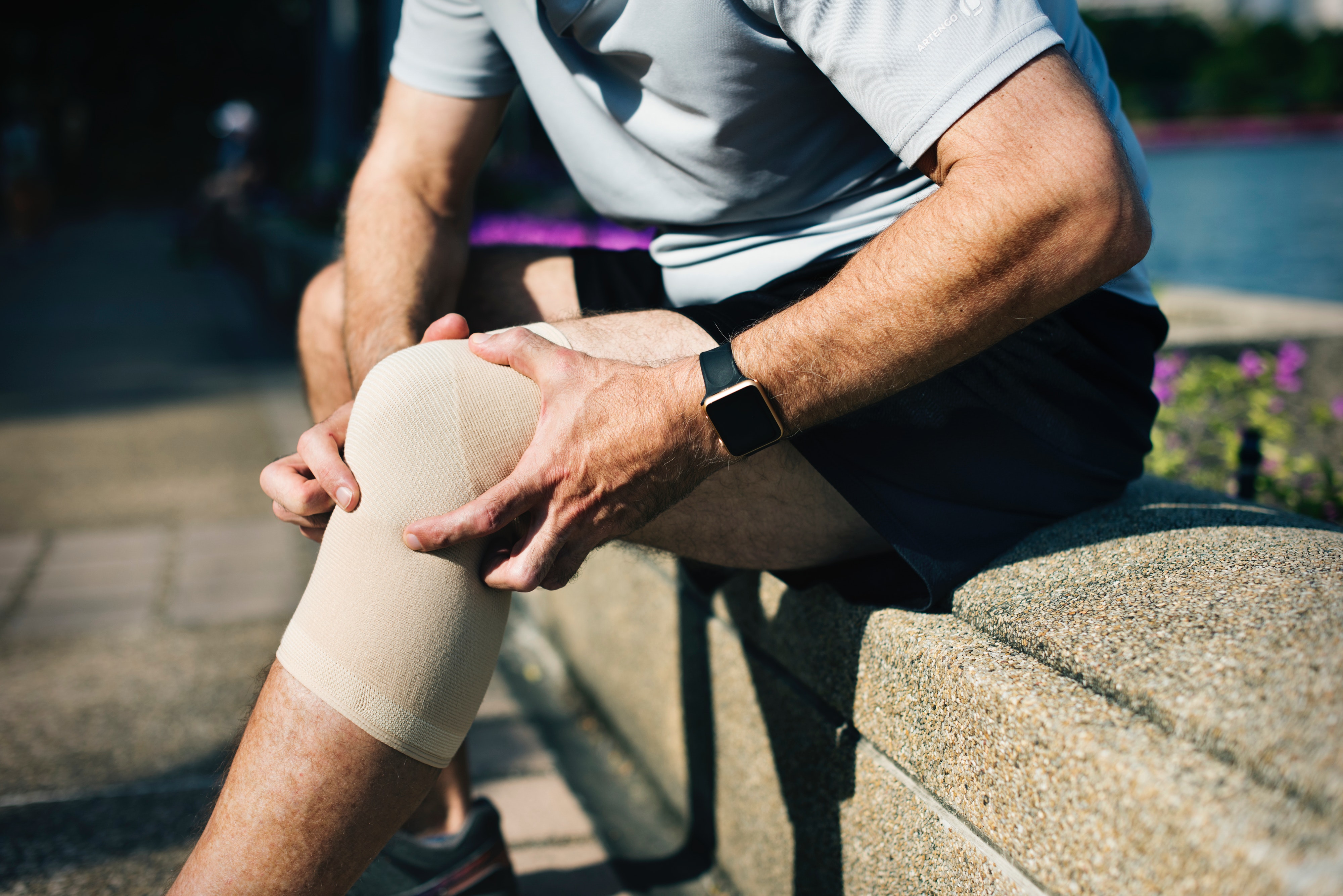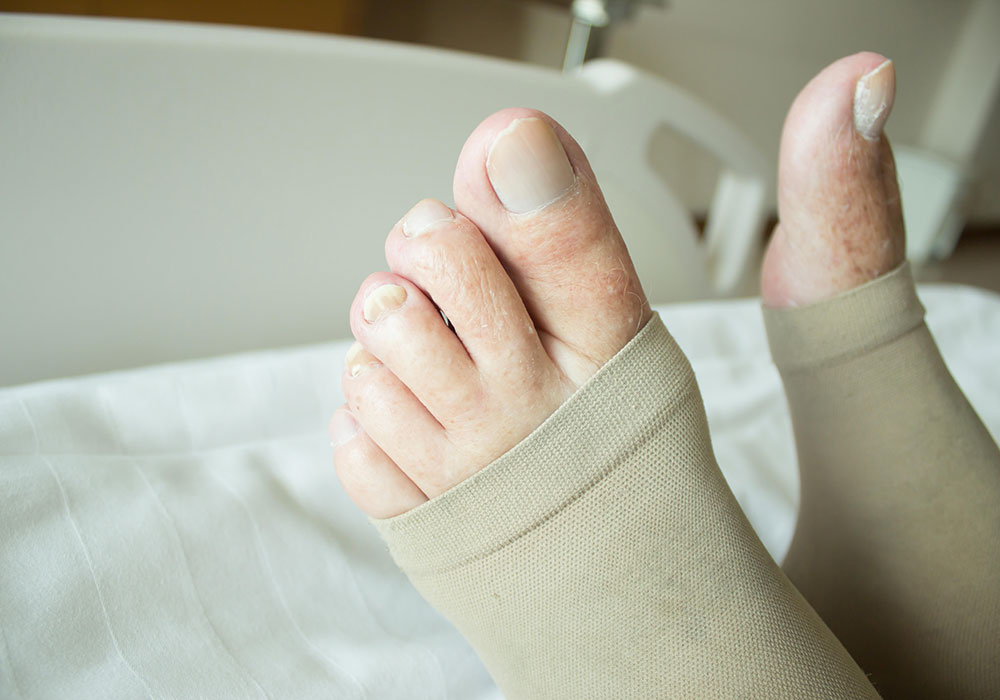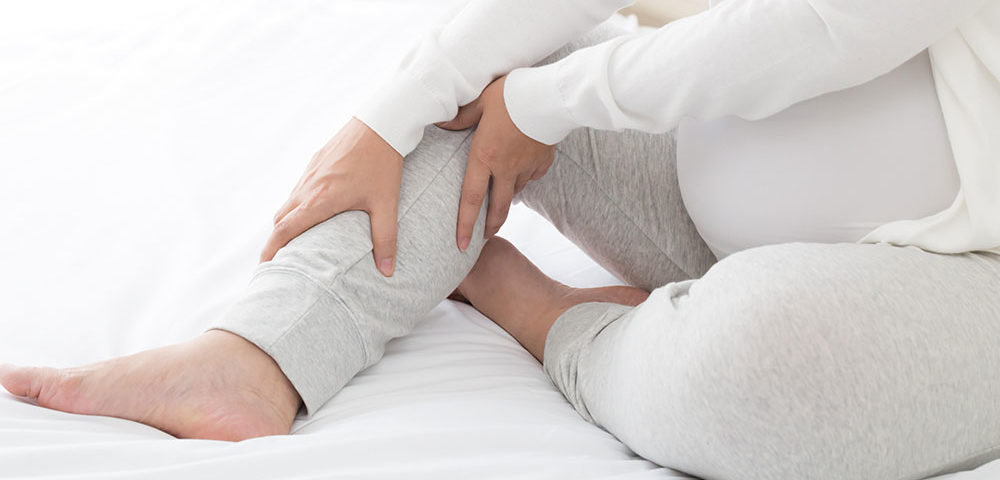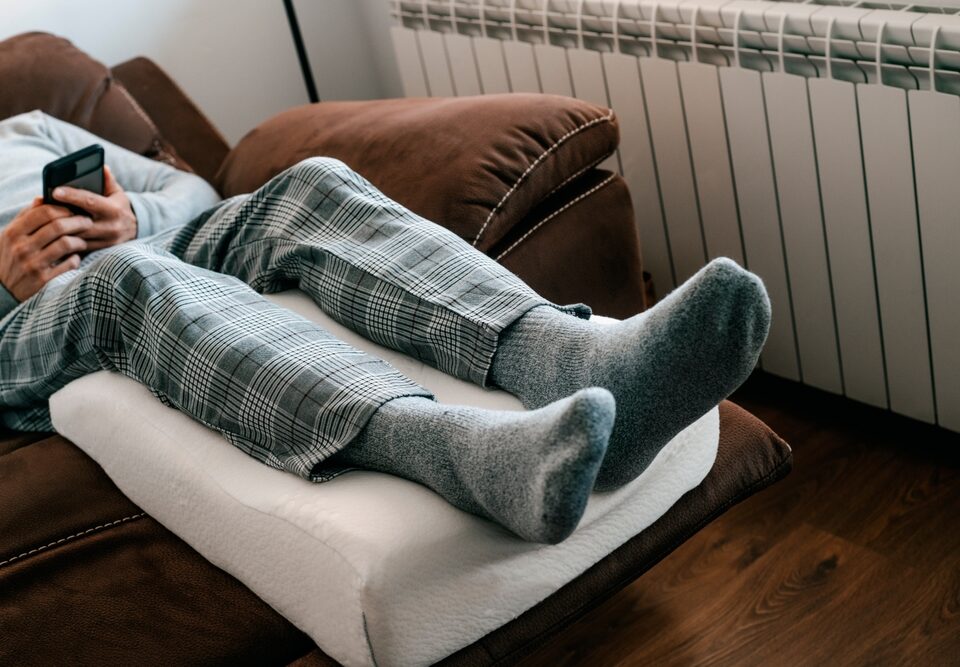
How to Treat Chronic Venous Insufficiency in Maryland
December 18, 2018
The Benefits of Compression Socks for Varicose Veins
December 18, 2018We may not give much thought to our leg veins or the risk factors of varicose veins on a daily basis. However, they serve a vital function within the body, which is returning blood from the lower extremities to the heart.
When this process of the circulatory system is disrupted by weakened vein walls or damaged valves, blood can flow backwards, pool in the legs and lower extremities, and produce varicose veins.
So, who is most likely to get varicose veins and why?
Keep reading to learn all about the causes and risk factors of varicose veins in Maryland.
What Are the Causes of Varicose Veins?
Age
Vein walls loose elasticity over time and valves may weaken as we get older. Both of the issues can allow the backflow of deoxygenated and result in enlarged veins that are blue in color.
Pregnancy
During pregnancy, the body works to support a growing fetus by increasing total blood volume. At the same time, there is a decreased flow from the legs to the pelvis, which can produce varicose veins.
What Are the Risk Factors for Varicose Veins?
Age
Wear and tear on vein valves is a natural part of the aging process that can predispose individuals to varicose veins.
In fact, a person’s chances for experiencing varicose veins increases with age.
Sex
While varicose and spider veins can occur in both male and female patients, women are at greater risk due to hormonal changes during pregnancy and menopause.
What’s more, women taking hormone replacement therapy or oral contraceptives may be more likely to suffer from varicose veins.
Obesity
Excess weight exerts more pressure on veins, impacting circulation and increasing a person’s risk for vein enlargement.
Prolonged Periods of Standing and Sitting
Individuals in professions that require long periods of sitting or standing are also more likely to experience varicose veins. Under these circumstances, blood tends to gravitate back towards the legs and lower extremities.
Without periodic activation of calf muscles, blood can pool in leg veins and cause them to become dilated.
To learn more about the causes and risk factors for varicose veins in Maryland, please contact our office today to schedule a consultation with one of our vein specialists.



